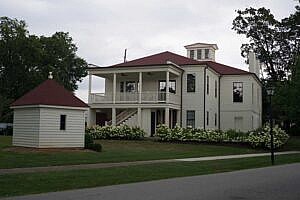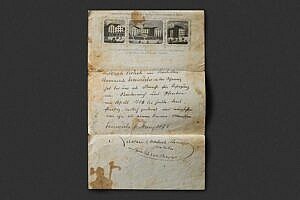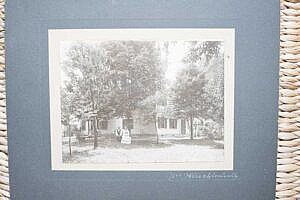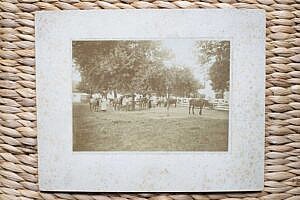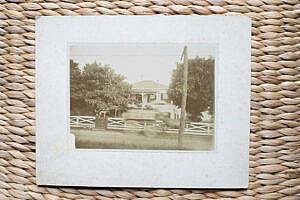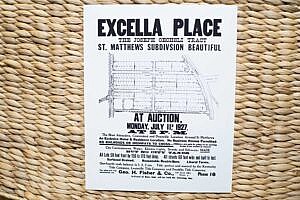Indeed, houses stay, but they don't stay the same. Those that dwell in them transform, modify, reinterpret. They gather stories, discover meanings. When one talks with descendants of people from Einsiedeln in Louisville, sooner or later they will mention the “Oechsli House” at Ridge Avenue in St. Matthews. It is a beautiful house, still now, shaped in a neo-Greek style, has two stories, and is made of bricks and wood. The physician John N. Lewis, cousin of the famous Meriwhether Lewis, had it built in 1838. In the American Civil War the house had supposedly served for some time as a hospital.
In 1893 Joseph Oechsli bought the old house of the physician as well as some dozen acres of land around it. He started a potato farm and reshaped the house into a farmhouse. Joseph Oechsli, then in his twenties, had arrived in Louisville from Einsiedeln some two decades before. Several of his brothers did the same and left home for America. One brother also settled in Louisville, another however at the West coast in Tacoma, Washington. In Louisville Joseph Oechsli married a widow named Mary Bisig. They had four daughters.
Dick Clements, a great-grandson of Joseph Oechsli, shows us old pictures and other documents. Among them is a letter of recommendation that his great-grandfather had brought to America. It states that he was an “industrious”, “honest” and "good" man. In Einsiedeln Joseph Oechsli had worked as a farmhand, taking care of a rich family's horses.
A picture taken some decades later shows him and his wife sitting in the garden in front of their house. Another photo features some employees in the surrounding meadow among horses and cows. The pictures document Oechsli's social rise in America – from taking care of horses to owning them. Dick observes that his great-grandfather had been a good businessman. In 1927 at age 75 Joseph Oechsli sold his farmland in parcels. Where before potatoes were grown, now a residential area emerged – one of the first in the region.
The Oechsli House, however, remained a family possession until 2002. “That house,” Dick states, “was for generations the center of our family.” It was there where one was getting together again and again. He had spent much time there as a child. Some years ago, however, Dick avoided the house. He couldn't bear seeing it gradually falling to pieces. The owners that had bought the property in 2004, Dick declared, cared but little about it. Today, however, the house is again in good hands. A maker of luxury furniture had it renovated at great expense and was now using it occasionally as a show room. Much had been restored to its original state of 1838, other parts where still as they had been in Dick's childhood. Now he was again occasionally going there. Perhaps a family gathering might be held at the house in the near future.

